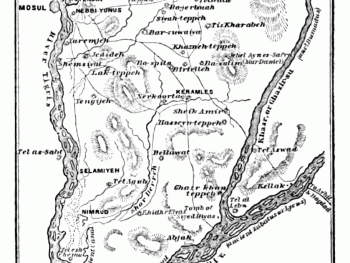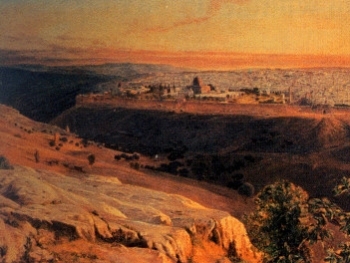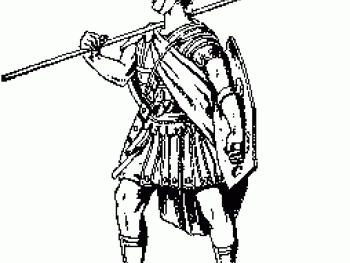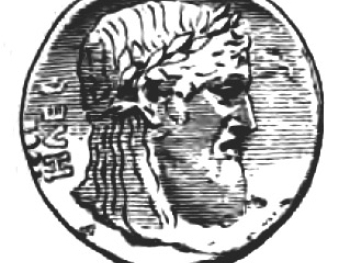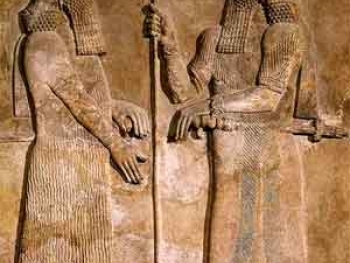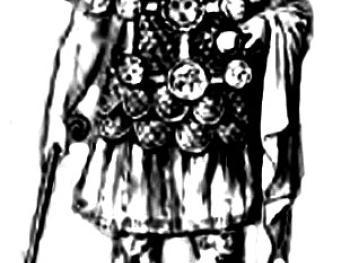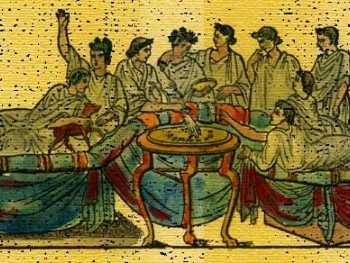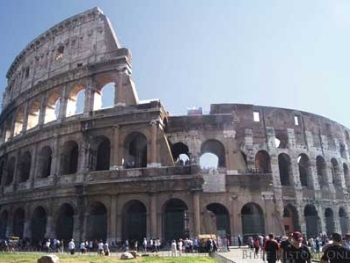Ancient Mesopotamia, the land between the Tigris and Euphrates rivers, made significant contributions to the development of civilization. Here are some of its notable achievements:
- Writing System: Mesopotamia is credited with the invention of one of the earliest writing systems, known as cuneiform. This system used wedge-shaped marks on clay tablets and allowed for the recording of economic, administrative, and literary texts, contributing to the preservation and dissemination of knowledge.
- Legal Codes: The Babylonian king Hammurabi is known for his famous code of laws, the Code of Hammurabi. It was one of the earliest known legal codes, containing detailed laws and punishments that regulated various aspects of society and influenced subsequent legal systems.
- Urbanization: Mesopotamia witnessed the rise of the world's first cities, such as Uruk, Ur, and Babylon. These cities had advanced infrastructure, including city walls, ziggurats (religious temples), and complex irrigation systems, demonstrating the early urban development and architectural advancements.
- Mathematics and Astronomy: Mesopotamians developed a numerical system based on the sexagesimal (base-60) system, which influenced later mathematical advancements. They also made significant contributions to astronomy, developing calendars and tracking celestial phenomena.
- Agricultural Techniques: Mesopotamians implemented advanced irrigation techniques to harness the waters of the Tigris and Euphrates rivers for agricultural purposes. They built canals, levees, and dams to control the water flow, enabling a surplus of food production and supporting population growth.
- Literature and Epics: Mesopotamia gave birth to some of the earliest works of literature, including the Epic of Gilgamesh, considered one of the world's oldest surviving literary epics. These literary works explored themes of heroism, mortality, and the human condition.
- Trade and Commerce: Mesopotamia served as a significant crossroads for trade, connecting the regions of the ancient world. The development of an extensive trade network fostered economic growth, cultural exchange, and the spread of ideas and technology.
- Technological Innovations: Mesopotamians invented and improved upon various technologies, including the wheel, sailboats, the plow, and metalworking techniques. These advancements revolutionized transportation, agriculture, and craftsmanship.
The contributions of ancient Mesopotamia laid the foundation for numerous aspects of civilization, including written language, legal systems, urban planning, mathematics, and cultural achievements. Its legacy continues to shape our understanding of the ancient world and influences various aspects of modern society.
